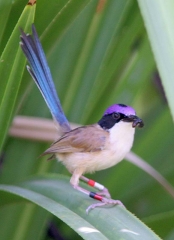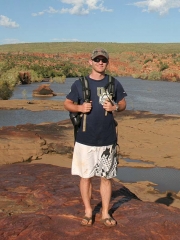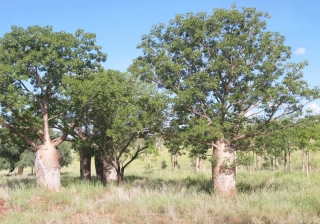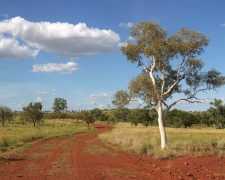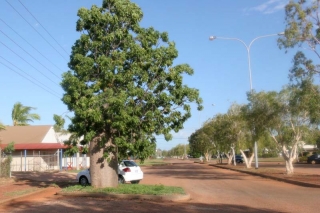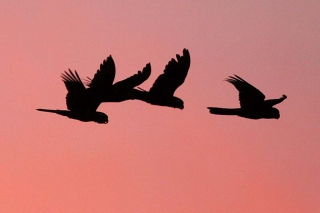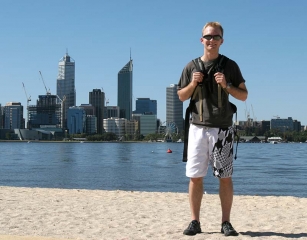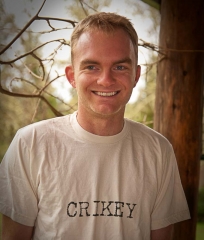Résumé | Noah K. Strycker
Telephone: 541.206.7314
Email: noah.strycker AT gmail.com
35995 E. Wills Road
Creswell, OR 97426
Specialties
Avian adventure, research, photography, writing, and illustration.
Education
2021: Master of Science, Marine Sciences, School of Marine and Atmospheric Sciences. Stony Brook University, Stony Brook, New York. (Summa cum laude).
2016: Standards of Training and Certification of Watchkeeping (STCW) Basic Safety Training Course, Clatsop Community College, Astoria, Oregon.
2009: North American Banding Council Certification, Point Blue Palomarin Field Station, Bolinas, California.
2008: Bachelor of Science, Fisheries and Wildlife Science; minor in Art. Oregon State University, Corvallis, Oregon. (Magna cum laude).
Professional Experience | List of Publications
Current
Freelance avian writer, photographer, and illustrator [since 2001]
Associate Editor, Birding magazine, American Birding Association [since 2006]
Ornithologist/Naturalist, Quark Expeditions: Arctic & Antarctic Expedition Cruises [since 2016]
Ornithologist/Guide, Antarctic Logistics & Expeditions: Union Glacier and Gould Bay camps [since 2022]
Past
2022 Author, Birding Basics (National Geographic)
2019 Graduate Teaching Assistant, Fundamentals of Scientific Inquiry in the Biological Sciences, Stony Brook University
2019 Author, Backyard Guide to the Birds of North America, 2nd ed. (National Geographic)
2018 Author, Birds of the Photo Ark (National Geographic)
2017 Author, Birding Without Borders (Houghton Mifflin Harcourt)
2014 Author, The Thing With Feathers (Riverhead)
2013-2022 Technical Reviewer and Copy Editor, Birding Special Issues, American Birding Association
2012-2015 Ornithologist/Naturalist, One Ocean Expeditions
2011 Author, Among Penguins (Oregon State University Press)
2009 North American Birding Council Certification, Point Blue Conservation Science
2008 Presenter, SMILE (Science & Math Investigative Learning Experiences) workshop
2007 Reviewer, Smithsonian Field Guide to the Birds of North America (Collins, 2008)
2006 Teaching Assistant, Systematics of Birds, Oregon State University
2005-2010 Columnist, Wildbird magazine
2004-2012 Field Notes Editor, Oregon Birds journal
2004-2005 Illustrator, Bird Coloration Vols. 1 and 2 (Harvard University Press, 2006)
2002-2003 Park Ranger, Willamette Valley Projects, U.S. Army Corps of Engineers
Field Experience
Ecuador (Tiputini Biodiversity Station), Jan 2012-Mar 2012
Field researcher. Tracking Wedge-billed Woodcreepers with radiotelemetry and observing their behavior in mixed flocks.
Maine (Metinic Island), Sep 2011-Oct 2011
Bird bander. Mistnetting a variety of migratory songbirds and Northern Saw-whet Owls for a standardized bird banding project.
Costa Rica (Tortuguero), Dec 2010-Mar 2011
Bird bander. Mistnetting birds, at sites near Tortuguero and elsewhere in Costa Rica, for the Costa Rica Bird Observatories.
California (The Farallon Islands), Sep 2010-Nov 2010
Field researcher. Mistnetting migratory songbirds and documenting Great White Shark attacks for PRBO Conservation Science.
Australia (The Kimberley), Mar 2010-Aug 2010
Field researcher. Studying Purple-crowned Fairy-Wrens and habitat management at an Australian Wildlife Conservancy reserve.
California (Point Reyes Bird Observatory), Aug 2009-Nov 2009
Bird bander. Mistnetting a variety of migratory and resident birds for a standardized, long-term bird banding station.
Antarctica (Cape Crozier), Nov 2008-Feb 2009
Field researcher. Studying life histories, populations, ecology, and behaviors of Adélie Penguins at a large breeding colony.
Hawaii (The Big Island), Jul 2008-Oct 2008
Seasonal intern. Captive breeding of endangered Hawaiian landbirds at the Keauhou Bird Conservation Center.
Oregon (Willamette Valley), 2007-2008
Volunteer surveyor. Censusing wintering raptors for the East Cascades Bird Conservancy Winter Raptor Survey Project.
Maine (Matinicus Rock), Jun 2006-Jul 2006
Field researcher. Monitoring and banding terns and Atlantic Puffins for the National Audubon Society’s Project Puffin.
Michigan (Hickory Corners), Jun 2005-Jul 2005
Field researcher. Monitoring nests on an Oregon State University (OSU) nest monitoring project, W. K. Kellogg Biological Station.
Panama (Gamboa), Mar 2004-Jul 2004
Field researcher. Monitoring nests on an OSU nest monitoring project, Smithsonian Tropical Research Institute, Gamboa field station.
Oregon (Malheur NWR), Sep 2003-Nov 2003
Full-time volunteer. Working with Fish & Wildlife Service biologists on a variety of field projects at Malheur National Wildlife Refuge.
Oregon (Willamette Valley), 2002-2003
Park ranger. Specializing in bird field work for the Willamette Valley Projects of the U.S. Army Corps of Engineers.
Oregon (Willamette Valley), May 2002-Jul 2002
Field researcher. Observing Purple Martin colonies for the Western Oregon Snag-Nesting Purple Martin Monitoring Project.
Awards, Scholarships, and Exhibitions
2021 MSRC Endowment Award for Best Thesis, School of Marine and Atmospheric Sciences,
Stony Brook University
2020 IACS Young Writer’s Scholarship, Institute for Advanced Computational Science,
Stony Brook University
2020 J. R. Schubel Graduate Fellowship, School of Marine and Atmospheric Sciences,
Stony Brook University
2018 Don and Shirley Wirth Young Alumni Award, Oregon State University
2016 Two-month artist residency at Playa, Summer Lake, Oregon
2015 Finalist for Oregon Book Award (“The Thing With Feathers”)
2011 American Universities International Programs October Alumni of the Month
2008 Burlingham Undergraduate Student of Excellence Award, OSU College of Ag. Sciences
2008 Culture In Writing Award, OSU Writing Intensive Curriculum Program
2008 Senior Leadership Award, Dawg Brawl tennis club championship, Univ. of Washington
2008 Carl and Lenora Bond Scholarship, OSU Dept. of Fisheries & Wildlife
2007 Marshall Scholarship Finalist
2007 and 2006 Morris K. Udall Undergraduate Scholarship, The Morris K. Udall Foundation
2007 Barry M. Goldwater Scholarship, The Goldwater Foundation
2007 Mentors Scholarship, OSU Department of Fisheries & Wildlife
2007 Munson Leadership Award, OSU Department of Fisheries & Wildlife
2007 Multnomah Anglers and Hunters Club Scholarship, OSU Dept. of Fisheries & Wildlife
2007 and 2006 Vivian Schriver Thompson Scholarship, OSU Department of Fisheries & Wildlife
2006 Mike and Kay Brown Scholarship, OSU Department of Fisheries & Wildlife
2006 E.R. Jackman Scholarship, OSU College of Agricultural Sciences
2005 Waldo-Cummings Outstanding Student Award, Oregon State University
2005 Cape May Bird Observatory, NJ Young Artists Show (photographs and painting)
2005 OSU Undergraduate Research, Innovation, Scholarship and Creativity award
2005 2004 Young Birder of the Year, 14-18 yrs., American Birding Association-Leica
2005 Henry Mastin Memorial Scholarship, OSU Department of Fisheries & Wildlife
2004-2008 OSU Presidential Scholarship
2004-2007 American Ornithologists’ Union Student Scholarship
2003 National Merit Scholar (SAT score = 1500)
2003 Outstanding Senior Project, International High School, South Eugene High School
2001-2002 Outstanding in All Subjects, International High School, South Eugene High School
2001-2003 Most Valuable Player, South Eugene High School Men’s Tennis Team
2001 University of Oregon Museum of Natural History Scientific Illustrators (drawings)
1999, 2000, 2002-03 Finisher, Portland Marathon
1999 2nd Place, Math Skills Fair, Lane Community College
1998 1st Place, American Mathematics Competitions
Synergistic Activities
American Birding Association (Associate Editor, Birding magazine; 2004 Young Birder of the Year)
American Ornithologists’ Union (student scholarship)
Oregon Field Ornithologists (author/editor of OFO special publications #14 and #18)

